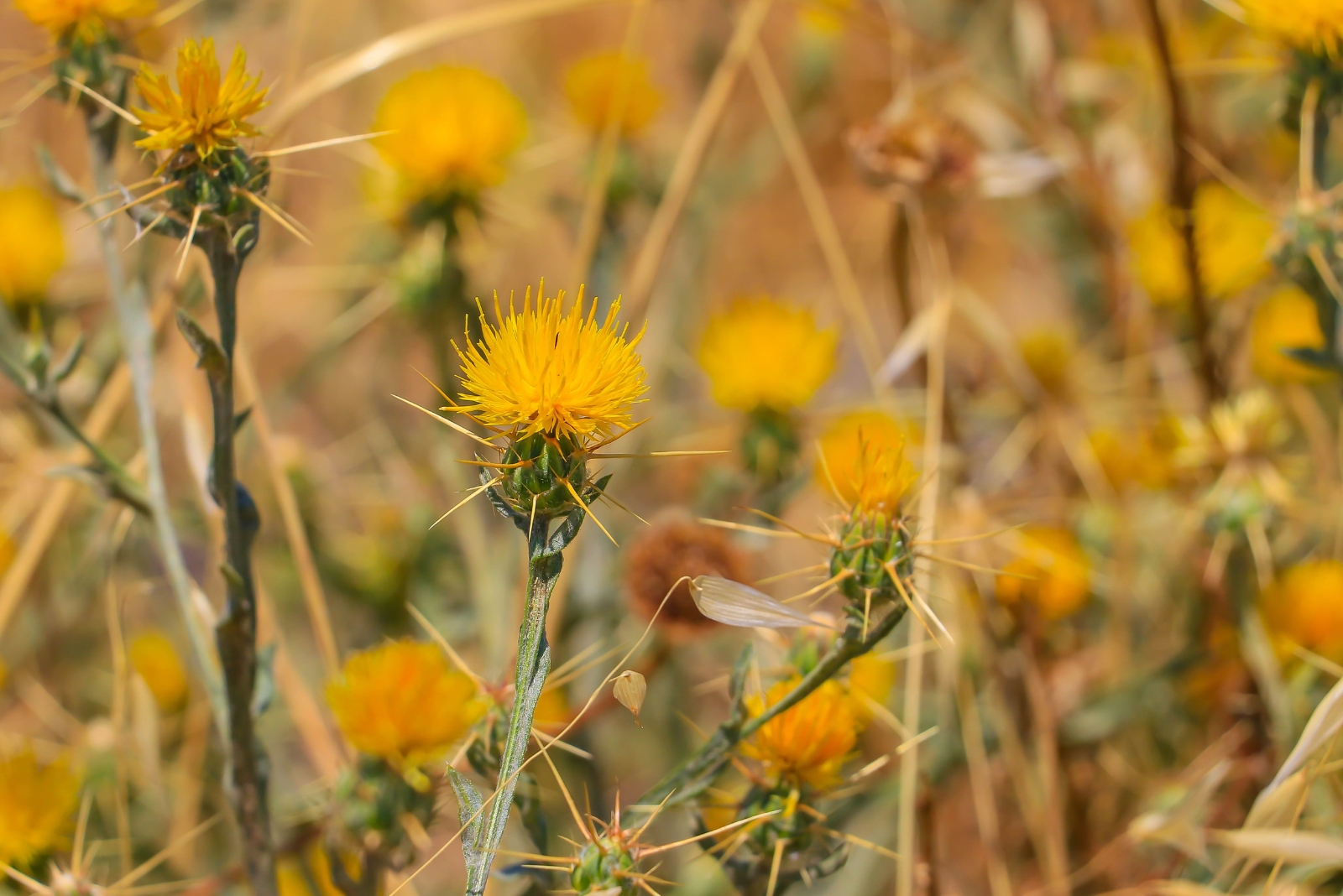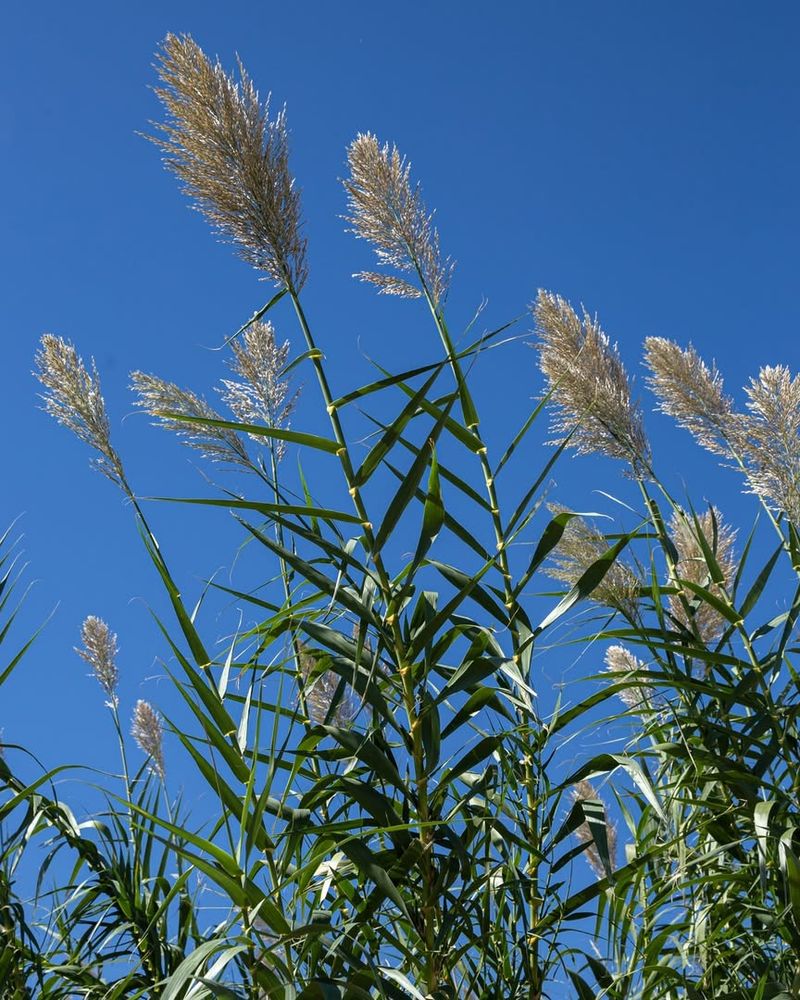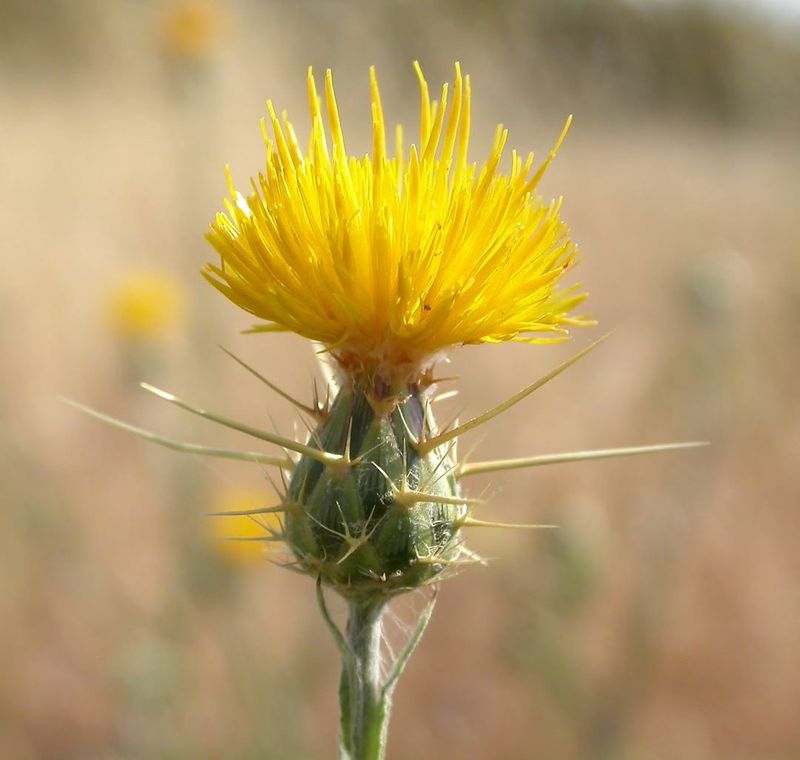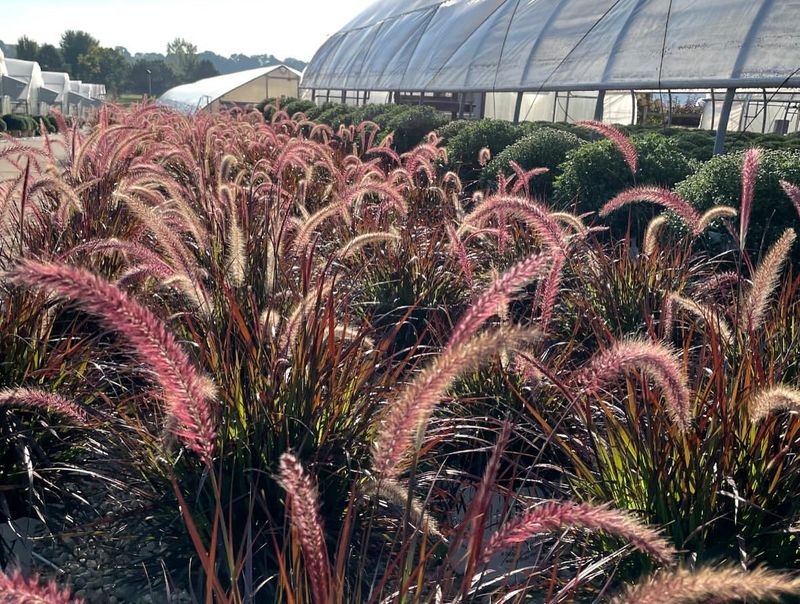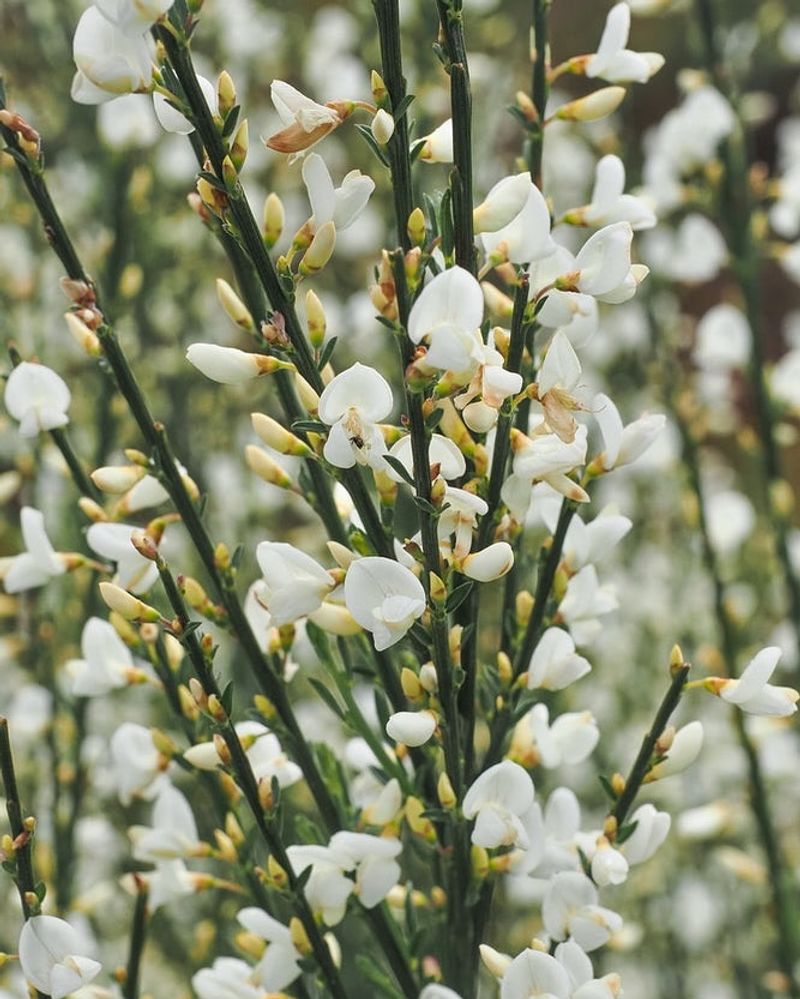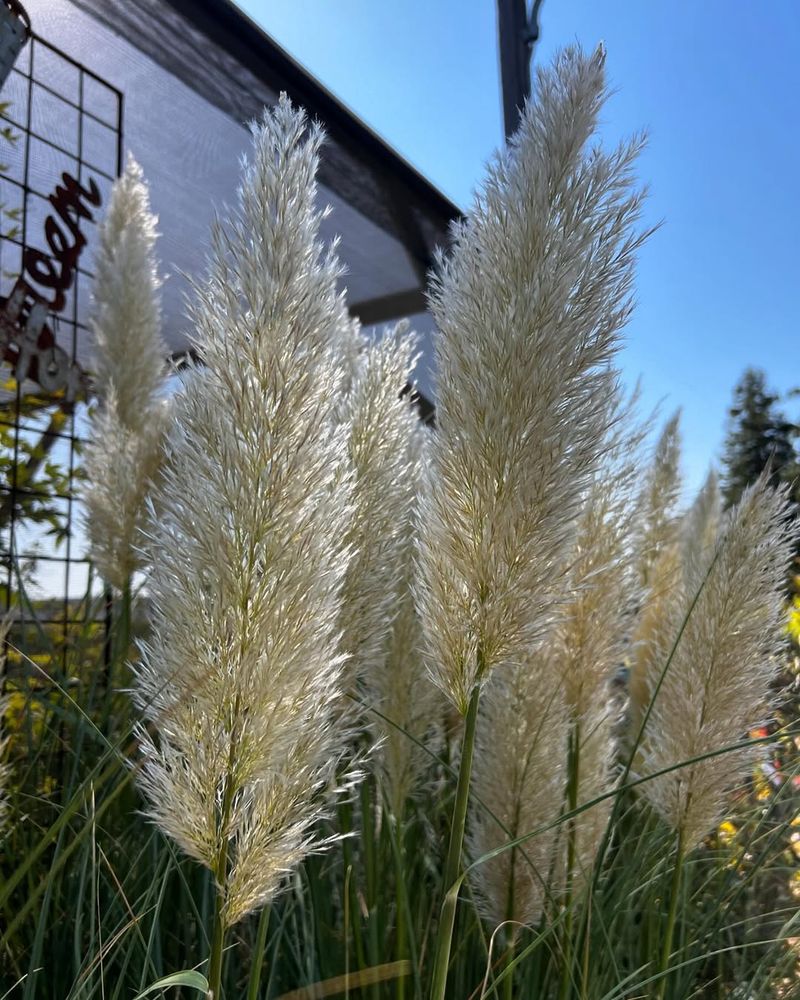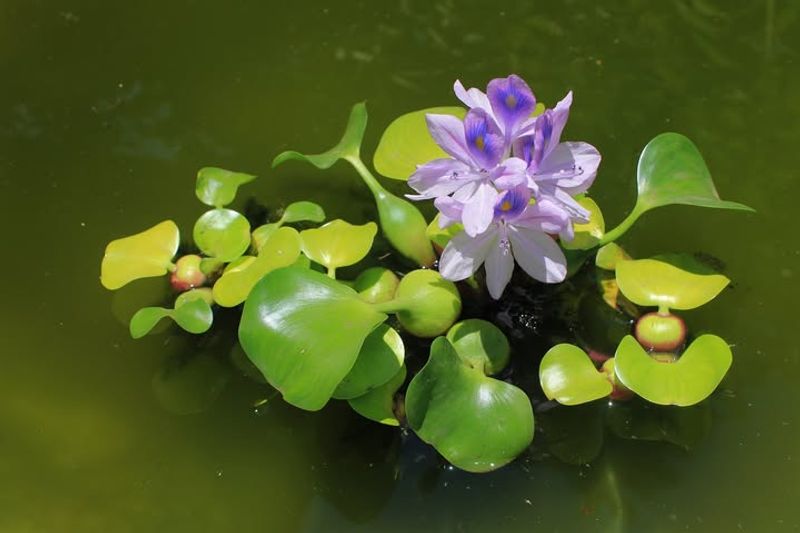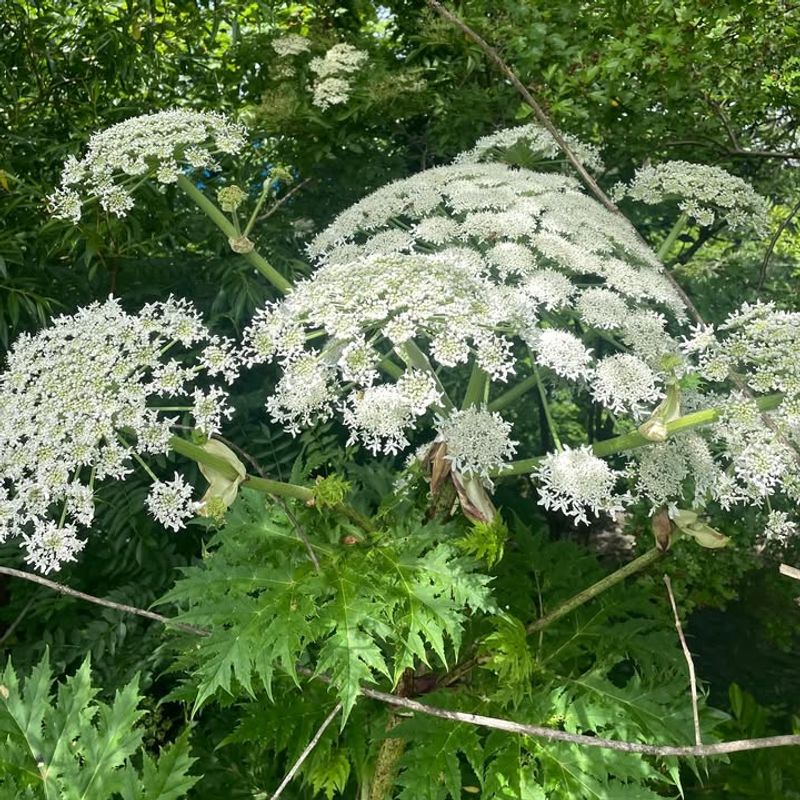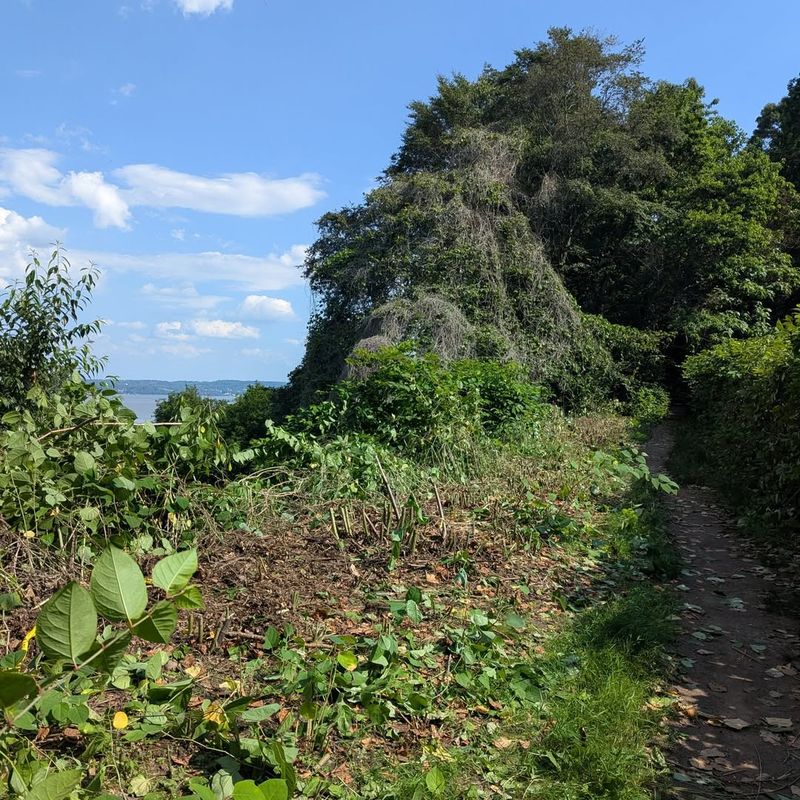California has some surprising rules about what you can grow in your own backyard. Some plants that seem harmless might actually be illegal to cultivate because they threaten native ecosystems or spread too aggressively.
You could unknowingly have one of these banned crops growing right now in your garden, so it’s worth checking to avoid potential fines or environmental damage.
1. Giant Reed (Arundo donax)
Resembling bamboo with its towering hollow stems, giant reed can shoot up to 30 feet tall and spread like wildfire through underground roots. Originally brought to California for erosion control and musical instruments, it now chokes rivers and creeks throughout the state.
This aggressive invader crowds out native plants that wildlife depends on for food and shelter. Fire danger increases dramatically because dead canes create enormous fuel loads. Removing it costs millions annually, yet many property owners still have patches growing without realizing the legal issues.
2. Yellow Starthistle (Centaurea solstitialis)
Bright yellow blooms might look cheerful, but yellow starthistle creates nightmares for ranchers and land managers across California. Each plant produces thousands of seeds that remain viable in soil for up to ten years, ensuring endless generations of invasion.
Sharp spines injure livestock and make pastures unusable during summer months. Horses face particular danger from a neurological disease caused by eating too much of this weed. California spends considerable resources battling its spread, making cultivation illegal and subject to mandatory eradication orders.
3. Perennial Pepperweed (Lepidium latifolium)
What starts as innocent-looking white flower clusters quickly transforms into dense thickets that dominate wetlands and agricultural areas. Perennial pepperweed spreads through both seeds and creeping roots, making eradication incredibly difficult once established.
Wetland habitats suffer most as this aggressive plant forms impenetrable stands that exclude native vegetation. Birds and other wildlife lose critical nesting sites and food sources. Salt tolerance allows it to thrive where other plants struggle, giving it unfair competitive advantage in California’s diverse ecosystems.
4. French Broom (Genista monspessulana)
Golden flowers covering hillsides might seem picturesque until you learn how French broom destroys native plant communities. Each shrub produces thousands of seeds that shoot out explosively when pods dry, spreading colonies far and wide.
Did you know? Seeds can remain dormant in soil for over 50 years, waiting for the right conditions to sprout. Fire actually helps it spread because heat triggers germination while flames clear competing vegetation. California law prohibits planting or selling this Mediterranean invader that now infests over 750,000 acres statewide.
5. Fountain Grass (Pennisetum setaceum)
Garden centers once sold fountain grass as an attractive ornamental with its graceful arching foliage and fluffy pink plumes. Unfortunately, beauty comes with serious consequences as this African native escapes cultivation and invades wildlands throughout California.
Single plants produce over 10,000 seeds annually that wind carries for miles. Highly flammable dried foliage increases wildfire intensity and frequency, threatening homes and natural areas. Native plants adapted to infrequent fires cannot compete with fountain grass that thrives after burning, creating dangerous cycles.
6. Scotch Broom (Cytisus scoparius)
Vibrant yellow flowers blanket roadsides and disturbed areas where Scotch broom has taken hold. Originally planted for erosion control and as ornamental landscaping, it escaped to become one of California’s most problematic invasive species.
Nitrogen-fixing abilities alter soil chemistry, making conditions unfavorable for native plants that evolved in nutrient-poor soils. Seeds remain viable for decades, and plants resprout vigorously after cutting or burning. State regulations prohibit cultivation, with landowners required to control existing infestations to prevent further spread into wildlands and watersheds.
7. Pampas Grass (Cortaderia selloana)
Those dramatic feathery plumes swaying in the breeze make pampas grass a landscaping favorite, but California has strict regulations against planting it. Female plants produce millions of wind-dispersed seeds that colonize coastal areas, roadsides, and creek banks with alarming speed.
Sharp leaf edges can seriously cut skin, making removal dangerous without proper protection. Dead foliage accumulates in massive clumps that burn intensely, threatening structures during wildfire season. Many homeowners still have mature plants from before bans took effect, unaware they should remove them.
8. Water Hyacinth
Floating gracefully on water surfaces, the water hyacinth may seem like a serene addition to any pond. Its striking purple flowers can mesmerize onlookers and create a picturesque scene. However, beneath this beauty lies its true nature: a rapidly spreading invasive species.
In California, it clogs waterways and chokes out native aquatic plants. By reducing oxygen levels, it disrupts local aquatic life. Originally from South America, it spreads quickly across various water bodies.
Running out of control, water hyacinth can alter entire aquatic ecosystems. Its removal is costly and labor-intensive, making it a challenging invader.
9. Giant Hogweed
Towering over gardens, the giant hogweed commands attention with its immense size and striking white flowers. Its umbrella-like blooms can seem otherworldly. Yet, this plant is a formidable adversary.
In California, its sap can cause severe skin irritation and even lead to blindness. This makes it not only invasive but also hazardous to humans. Originating from Asia, it spreads aggressively, overshadowing native plants. Efforts to control giant hogweed require careful handling and substantial resources. Its presence in a backyard can transform a peaceful garden into a dangerous landscape.
10. Kudzu Vine
The kudzu vine, known as “the vine that ate the South,” can engulf landscapes with its lush greenery. Its rapid growth is both impressive and alarming. What starts as a small plant can quickly transform a backyard into a tangled jungle. Kudzu poses significant threats by outcompeting native California plants. Its roots can damage infrastructure, while its growth blankets entire ecosystems.
Introduced from Asia as a means of erosion control, kudzu’s spread is relentless. Its ability to overtake areas makes it a formidable invasive species, demanding extensive management efforts.
11. Purple Loosestrife
Purple loosestrife, with its vivid purple spikes, adds a splash of color to wetlands. Yet, its beauty conceals a destructive force. Once introduced, it swiftly takes over, crowding out native plants and altering habitats. It threatens biodiversity by displacing native flora. Originating from Eurasia, it was initially brought for ornamental use and medicinal purposes.
Prevention and control of purple loosestrife require persistent efforts, as it can produce thousands of seeds annually. This makes it a daunting challenge for conservationists and California property owners alike.

